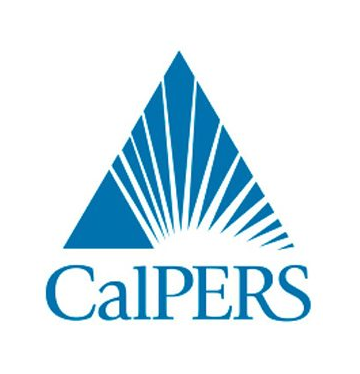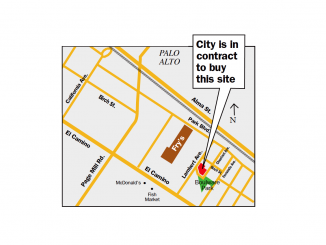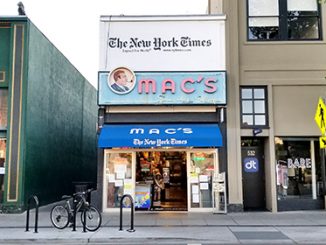
BY ELAINE GOODMAN
Daily Post Correspondent
The city of Palo Alto is falling further behind in saving money to cover employee pensions, according to a new report that shows the city’s pension shortfall growing to $455 million.
That amount, calculated as of June 30, 2018, was up from $415 million a year earlier — a 9.8% increase, according to the report prepared by the California Public Employees’ Retirement System, or CalPERS.
Looked at another way, Palo Alto has set aside only 62% of the estimated amount needed to cover police and firefighter pensions, and only 66% of what will be needed for other city workers’ pensions, CalPERS’ calculations show.
The CalPERS figures don’t include $22 million that the city has set aside in a special account for pensions. When that money is included, the city’s pension gap is $433 million, which is a 4.5% increase from the June 2017 amount.
The City Council Finance Committee will discuss the CalPERS report tonight (Sept. 24). The meeting starts at 5:30 p.m. in the community meeting room at City Hall.
Palo Alto’s pension gap has ballooned from $250 million in June 2014 to $405 million in June 2016 and to $415 million as of June 2017.
In a report to the Finance Committee for tomorrow’s meeting, City Manager Ed Shikada tried to look at the bright side of the situation.
“This slower growth (in the 2018 pension shortfall) represents an improvement over some of the larger increases seen in prior years,” Shikada wrote.
Shikada said the impact of the pension gap is yet to be determined. He plans to return to the Finance Committee later this fall with recommendations on a “proactive pension funding policy.”
The CalPERS report, prepared for the city each year, determines how much Palo Alto will have to pay into the retirement system to keep up with future pension costs for current employees, as well as payments to address the pension gap.
How much will investments earn?
A big piece of the pension equation is how much return on investment the CalPERS funds will earn. A lower rate of return means cities will have to contribute more to cover their pension costs.
In late 2016, CalPERS decided the rate of return it was using to calculate pension costs was too high. The retirement system announced it would lower its rate of return, also known as the discount rate, from 7.5% to 7.0% in phases over three years.
CalPERS’ actual rate of return was an estimated 6.7% for fiscal year 2018-19, following an 8.6% rate of return for 2017-18.
“While we did not achieve our 7% actuarial return target this fiscal year, I can’t stress strongly enough that we are long-term investors,” Yu (Ben) Meng, CalPERS chief investment officer, said in a news release in July. “We make decisions based on an investment horizon that stretches across years and even decades.”
In Palo Alto, officials have been concerned that the 7% discount rate being used by CalPERS is too optimistic. Instead, the city decided to start calculating pension needs based on a 6.2% discount rate.
In addition to pension funds the city is paying to CalPERS, Palo Alto set up its own pension account in 2017. As part of this fiscal year’s budget, the city is paying $8.5 million into the account, which will bring the total to $22 million.
Making employees pay more
In another strategy to try to address the pension gap, the city has been negotiating with labor groups for employees to pick up a greater share of pension costs. And newer city employees in many cases are receiving less generous pension benefits than workers hired earlier.
Shikada identified fiscal sustainability, including addressing the pension gap, as one of the priorities in the city’s budget for this fiscal year. While the city added money to its pension fund, it made budget cuts in other areas.
For example, overtime in the fire department was reduced, positions were eliminated in the Library Department and Public Works, and vacant positions were frozen.
On the other hand, the City Council in April approved a three-year contract with its largest union — the Service Employees International Union, Local 521 — that included pay raises ranging from 3.5% and 23.5%. The increase in pay and benefits added up to $13.6 million over three years. Shikada said previously the pay hikes were needed to attract and retain workers.




Raises that exceed what actuaries assume add to the unfunded liability. If higher wages are needed to attract and retain workers, than the city is doing a very poor job conveying the value of generous pension benefits to workers. High pension costs should be offset with lower salaries. If workers insist on higher wages, they should negotiate less costly pensions by increasing retirement ages, suspending COLAs, and lowering formulas on future work.